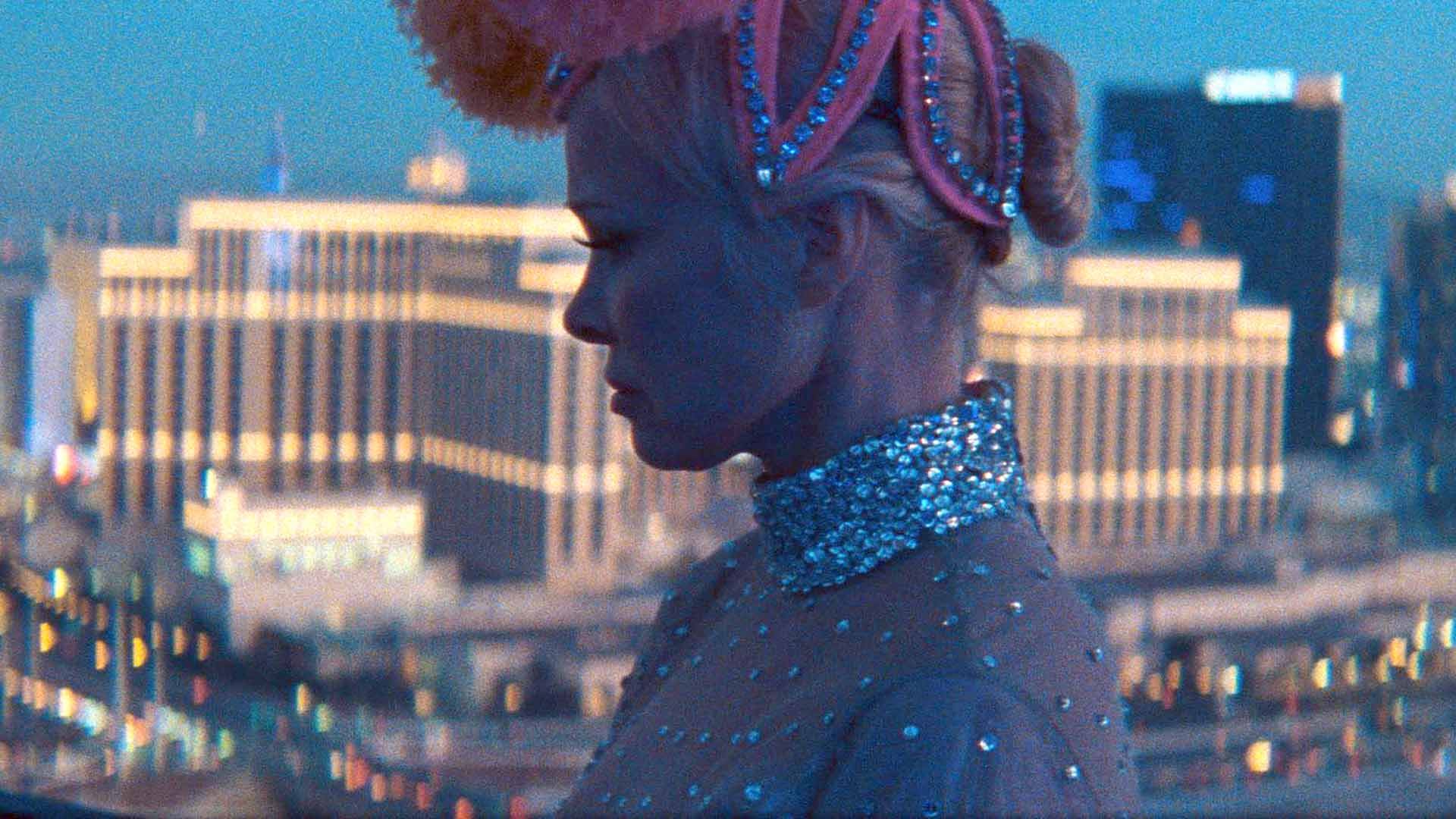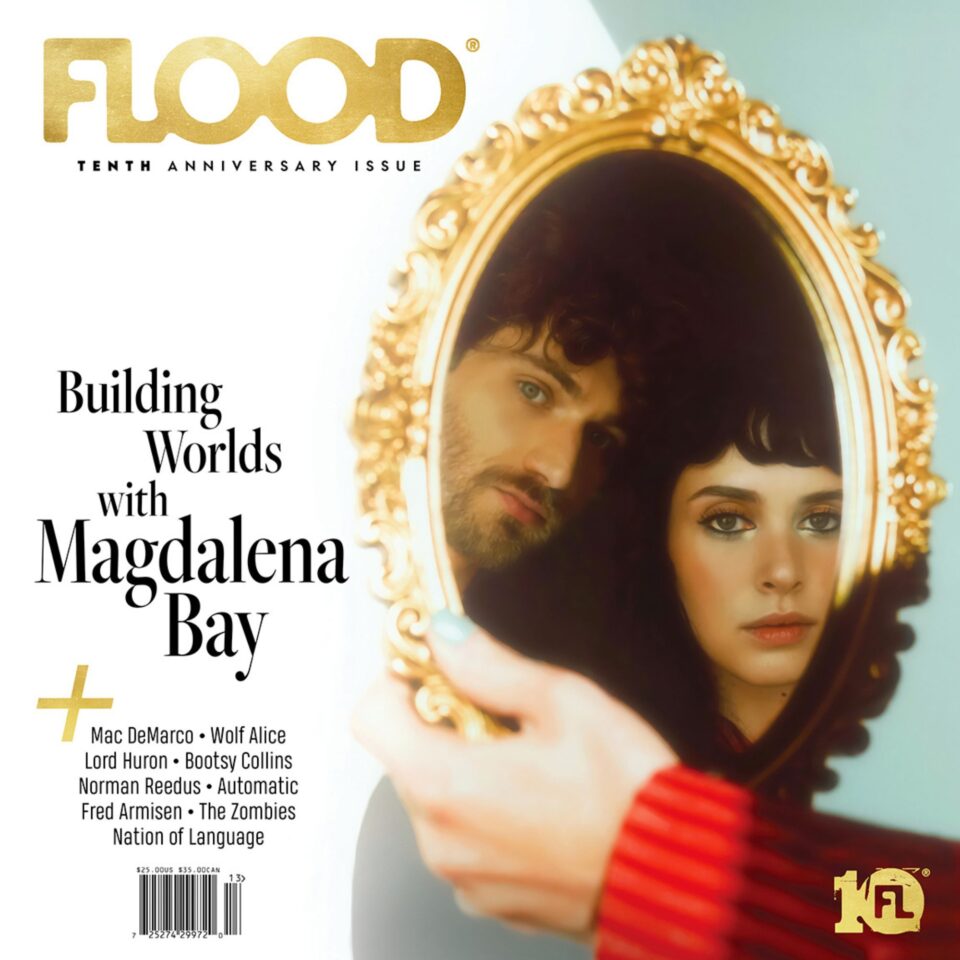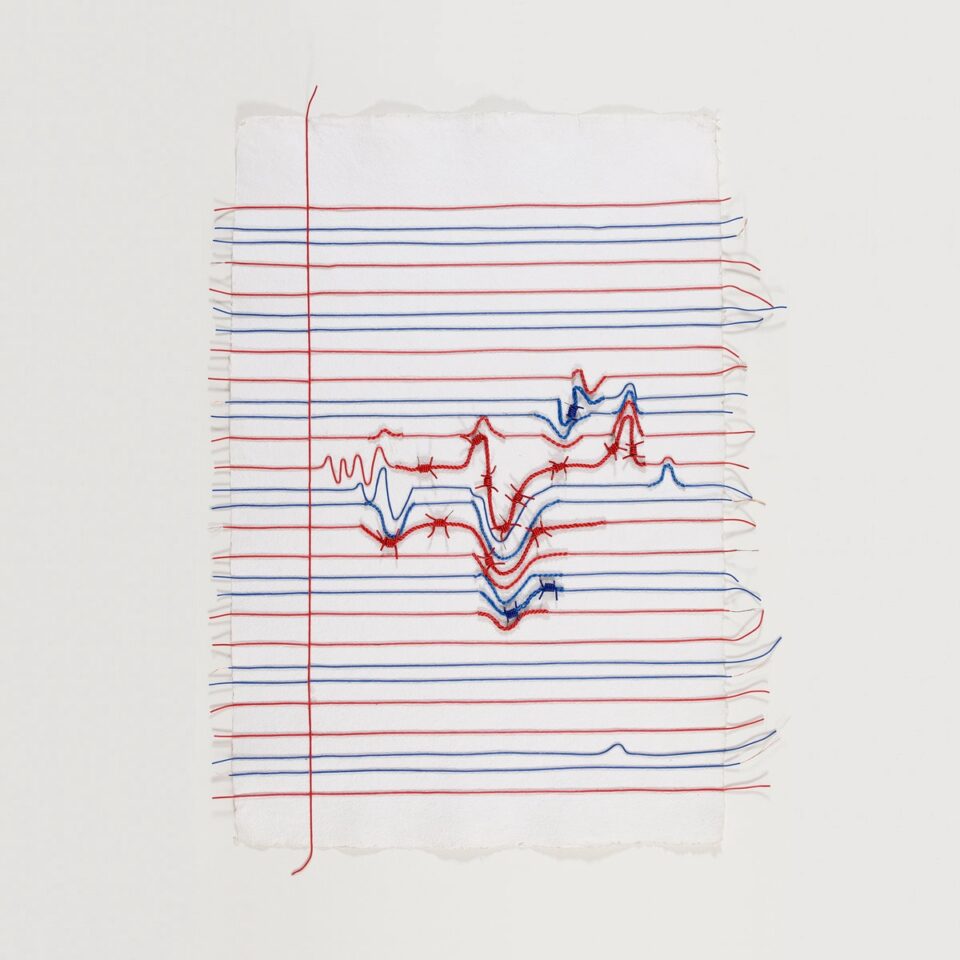Ah, ageism. It’s one of many ingrained discriminatory Hollywood practices, although this particular prejudice has profoundly impacted women in film for almost a century. Yet silver screen and TV releases of late have offered tantalizing glimpses of bold narratives starring women of a certain age. These actresses have been given the opportunity to do what so many before them could not: to assert their artistic autonomy through meaty, complicated roles, to our collective delight.
Think of Jennifer Coolidge in White Lotus (and Parker Posey’s inevitable resurgence this year via the same show), Michelle Yeoh in Everything Everywhere All at Once, or AMC spokeswoman Nicole Kidman in the hot-as-hell recent release Babygirl. Then there’s Demi Moore in 2024’s darkly comedic body-horror masterpiece The Substance, for which she already won the 2025 Golden Globe for Best Female Actor. During her acceptance speech, the leading lady recalls being referred to as a “popcorn actress” by a producer, which meant she wasn’t a serious contender for respected industry accolades. She wasn’t taken seriously, much in the same way Pamela Anderson wasn’t—both women were skewered in the name of the early-aughts pop culture zeitgeist and suffered much cruelty at the hands of the general public. Now, these women are finally getting their flowers. What a time to be alive.
The Last Showgirl is so much more than just a meditation on aging under harsh stage lights with a cultural icon at the helm, although it is undeniably also that. It’s writer Kate Gersten’s feature film debut, adapted from her original play, which she’d written about a decade prior. Directed by her cousin-in-law Gia Coppola, the granddaughter of Francis Ford and the niece of Sofia, The Last Showgirl is an intricate character study that interrogates the nature of artistic creation and its relative value. The film also delves into the interconnected themes of biological and chosen family, motherhood, identity, and, of course, surviving in the City of Lights—Vegas, baby. As Shelly, a mature dancer facing involuntary retirement, Anderson shines and effortlessly carries the film. It’s a delight to watch her work, infusing a sense of levity and empathy into this role of a seasoned, wide-eyed dreamer.
The film functions as a snapshot of falling action. We open with Anderson auditioning in a pink bedazzled Breton cap, looking nervous but charming. Lingering close-ups of her face function to foster an intimate and inescapable sense of vulnerability, a tactic Coppola employs throughout the film. The result is an atmosphere akin to Sean Baker’s recent hit Anora, with close-ups here forcing the audience to confront the undeniable presence of age almost relentlessly. The viewer is immediately introduced to a well-worn microcosm that includes chaotic backstages, huge headpieces, and boobs aplenty. This time, though, the setting feels more unassuming and inviting. The glitz and glam are inescapable, but you feel at home.
Near the beginning of the film, the girls receive devastating news: their long-running French-style revue “LeRazzle Dazzle,” the last of its kind on the Vegas Strip where Shelly has been dancing for decades, will soon be replaced by a more risqué circus cabaret featuring genital plate spinning. The audience is left to witness the resulting fallout and the generations of women attempting to stay afloat in the process. Eventually, the lights, rhinestones, and sequins give way to more substantial existential promptings, as they always do. What unfolds is counterintuitive for some, especially Marvel-infatuated American audiences who appreciate spoon-feeding at the movies. There are no harebrained schemes or marketing ploys to save the show; Shelly grieves the imminent loss of a life she’s meticulously crafted, an identity irrevocably bound to a sinking ship. This nuanced dynamic is what Anderson rightly refers to as “the shame of glamour.”
It’s a delight to watch Pamela Anderson work, infusing a sense of levity and empathy into this role of a seasoned, wide-eyed dreamer.
Shelly is selfish at times. She’s impassioned and driven, but can be judgemental and vain. She’s empathetic and proud simultaneously; she contains multitudes, dear reader, and Anderson embodies them all seamlessly without ostracizing her audience. Anderson leads a stellar cast that includes Kiernan Shipka, Brenda Song, and the comedic powerhouse that is Jamie Lee Curtis. Curtis plays Annette, Shelly's best friend, former dancer, and disgruntled casino cocktail waitress. She’s tanned within an inch of her life and is doing an eerily impeccable impression of all my white-trash cousins. Curtis can do no wrong and will steal any scene as the Mercutio. Watch for her solo impromptu casino table dance to “Total Eclipse of the Heart.”
No less than three or four men have dialogue throughout the film, and those men never speak to each other. Among them are muscle daddy Dave Bautista and a cameo-length appearance by Coppola’s always-whimsical second cousin Jason Schwartzman, who’s been busy recently between appearances in Luca Guadagnino’s Queer and the contentious spectacle Megalopolis, to say nothing of co-starring in the two-hander Between the Temples. Aside from a half-hearted attempt at rekindling an old flame whose main appeal is his pension, there isn’t much romance, which is a nice change of pace.
Cinematographer Autumn Durald rounds out the film’s majority-female crew, reconnecting with Coppola after serving as DP on 2013’s Palo Alto and 2020’s mostly overlooked Mainstream. Coppola has noted that she derives inspiration from Sean Baker and John Cassavetes, inspirations undeniably visible in The Last Showgirl. Between the gorgeous, lingering documentary-style shots of Anderson against the mundane, often drab daylight of Las Vegas and the intimate close-ups, their influence is palpable. The film could’ve perhaps benefited from more extensive dance sequences, though, given its focus on the art form. Additionally, what can best be described as a foggy-around-the-edges-lens effect felt somewhat incongruous with the tone of grounded realism.
You have passion, drive, and commitment, but what if your art is mediocre? Maybe it’s corny, subpar, tacky, or trashy. As Shelly says herself, “This is about breasts and rhinestones and joy.” And so it is.







